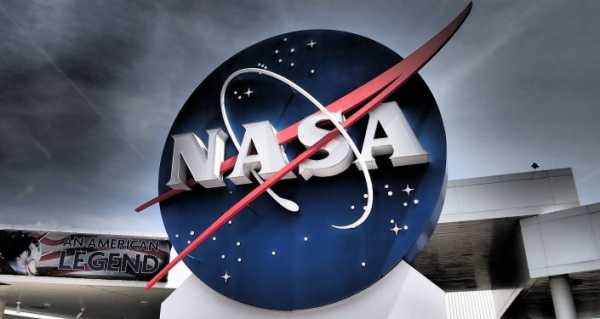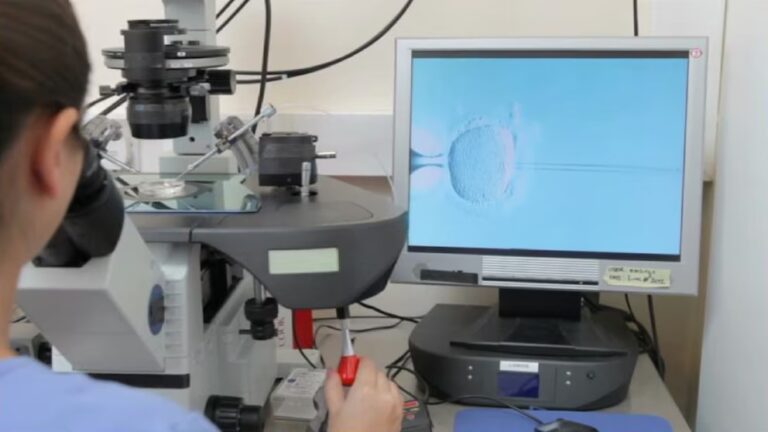
Last week, the space agency said eight countries, including Australia, the UK, Canada, and Japan, had signed the Artemis Accords, which will govern the exploration and use of outer space. The principles were devised by NASA, as the space agency and its partners are preparing to land the first woman and the next man on the Moon by 2024.
NASA said it would announce an “exciting new discovery” about the Moon during a teleconference next week. The space agency said the finding was made by the Stratospheric Observatory for Infrared Astronomy (SOFIA), but did not elaborate further, only mentioning that the discovery contributes to NASA’s “efforts to learn about the Moon in support of deep space exploration”.
The teleconference will take place on 26 October and audio from it will be streamed live on NASA’s website.
SOFIA is a joint project of NASA and the German Aerospace Centre. The world’s largest airborne observatory is a modified version of a Boeing 747 and has a 2-metre telescope that has a clear view of the universe and objects in our solar system. According to NASA, the fact that SOFIA flies above the atmosphere’s water vapour allows for the observation of objects in infrared wavelengths and to pick up phenomena “impossible to see with visible light”.
In recent years, the observatory has made a series of interesting discoveries. In 2019, SOFIA spotted Helium hydride – one of the first molecules that appeared in the universe after the Big Bang. In 2017, observations made by SOFIA led scientists to conclude that Epsilon Eridani, the 11th closest star to our Sun, located 10 light years away from it, could shed light on the evolution of the solar system as, just like our Sun, it has numerous debris disks, which scientists believe later formed into planets.
Sourse: sputniknews.com






